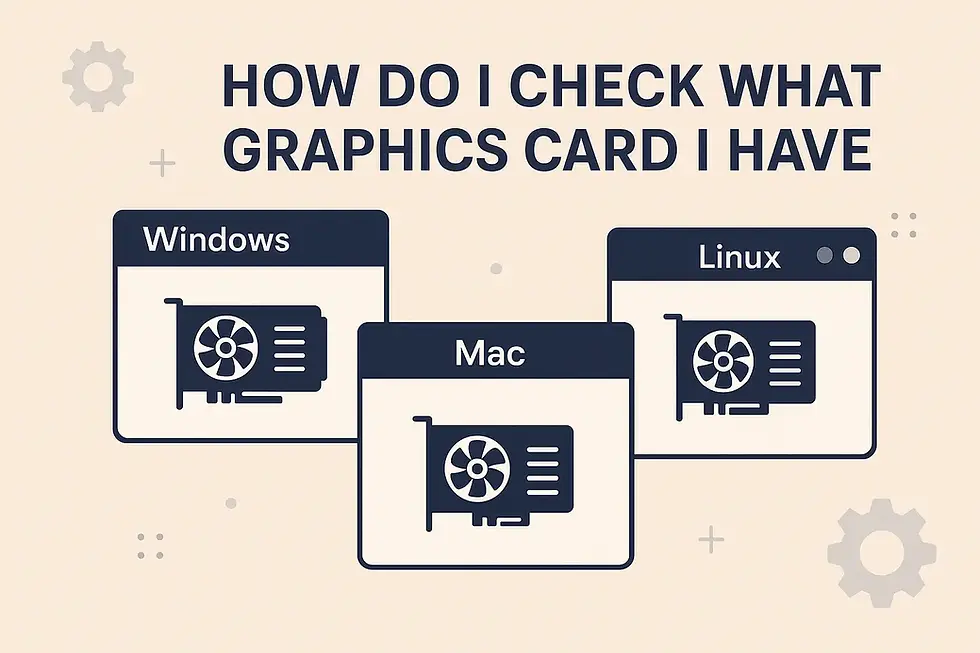Digital Frameworks Explained | Components, Benefits & Use Cases
- Kalyan Bhattacharjee

- May 1
- 3 min read
Updated: Sep 17

Overview
In today’s hyperconnected world, organizations must embrace digital transformation to stay relevant and competitive. But digital transformation is not just about using new tools - it’s about building a systematic approach to evolving technology, processes, and people.
That’s where the digital framework comes in. But what exactly is a digital framework, and why does it matter? Let’s break it down.
What is a Digital Framework?
A digital framework is a structured set of guidelines, best practices, tools, and technologies designed to help organizations integrate digital technologies into their operations. Think of it as a roadmap that helps companies transition smoothly from traditional business methods to digital-first approaches.
It helps organizations:
Improve efficiency and agility
Enhance customer experiences
Drive innovation and growth
Stay secure and compliant
Key Components of a Digital Framework
A comprehensive digital framework usually includes several core pillars:
Digital Strategy: The big-picture plan that outlines how digital tools and technologies will be used to meet business objectives.
Technology Infrastructure: Includes cloud computing, cybersecurity, networking, and IT systems that support digital tools and platforms.
Data Management: Frameworks ensure data is properly collected, stored, analyzed, and used to make informed decisions.
Process Automation: Replacing manual processes with automated digital systems to improve productivity and reduce errors.
Customer Engagement: Enhancing digital touchpoints like websites, mobile apps, and social media to improve customer interaction and satisfaction.
People and Culture: Driving change across teams with training, digital literacy, and a culture that embraces innovation.
Why Do Digital Frameworks Matter?
Without a proper digital framework, organizations often:
Adopt tools in silos, leading to inefficiencies
Face security and compliance risks
Struggle to measure ROI on digital investments
A good digital framework helps align technology with business goals, manage change effectively, and make smarter long-term decisions.
Benefits of Using a Digital Framework 🌟
Faster Development - Reusable components save time
Consistency & Scalability - Maintain standards across platforms
Security Built-In - Pre-tested modules reduce risks
Future-Proofing - Many frameworks support modular upgrades
Did you know? Companies using robust digital frameworks reduce development costs by up to 40% over time.
Real-Life Examples of Digital Frameworks
TOGAF (The Open Group Architecture Framework): A widely used enterprise architecture model for building digital systems.
COBIT: A governance and management framework for IT.
Google Cloud Adoption Framework: A structured model to guide cloud transformation.
How to Implement a Digital Framework
Here’s a simplified roadmap:
Assess Your Current State: Understand existing systems, gaps, and digital maturity.
Define Goals: What do you want to achieve with digital transformation?
Choose or Build a Framework: Use an established one or tailor your own based on business needs.
Develop a Roadmap: Break your plan into phases short-term and long-term actions.
Train Teams and Communicate: Ensure your people are ready to adapt.
Monitor and Improve: Continuously refine based on feedback and performance.

Key Takeaways
Digital frameworks aren’t just for tech giants, they’re essential for businesses of all sizes that want to future-proof themselves. By creating a structured plan for digital adoption, you can reduce complexity, increase efficiency, and stay ahead of the competition.
Whether you're a startup or an established enterprise, investing time in building a solid digital framework today can pave the way for sustainable success tomorrow.
digital transformation framework, transformation framework, digital transformation approach, digitization strategy framework, digital transformation framework examples, digital marketing strategy framework, digital economy framework agreement, digital transformation strategy framework, digital marketing framework, what is a digital framework, what is a digital transformation framework, fintech shield







Comments